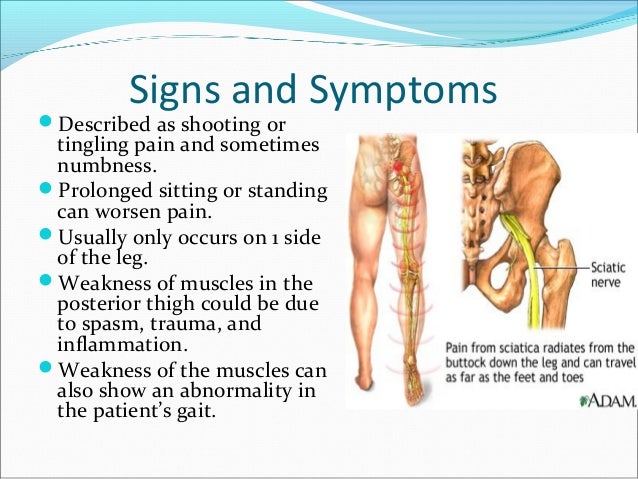


Then you lift your thigh up off the table while your doctor pushes down on your leg near your knee.

You sit on the edge of the examination table with your knees bent and feet hanging down. Muscle strength tests include: Hip flexion. Doctors use these numbers to talk about the results of your muscle strength tests. For example, the cervical vertebrae are C1 through C7. Within each region, each vertebra is numbered. The vertebrae of the spine are divided into regions: cervical (C), thoracic (T), lumbar (L), sacrum (S), and coccyx. Specific muscles receive messages from specific nerves, so finding out which muscles are weak shows your doctor where there is pressure on a nerve root. Muscle strength tests can detect muscle weakness, which is one sign of pressure on a nerve root (nerve root compression). Your doctor often can also tell which nerve root is involved. By testing how well your muscles, reflexes, and sense of feeling are working, your doctor can tell whether there is pressure on a nerve root in your spine. Nerves carry messages back and forth from your low back and legs.


 0 kommentar(er)
0 kommentar(er)
